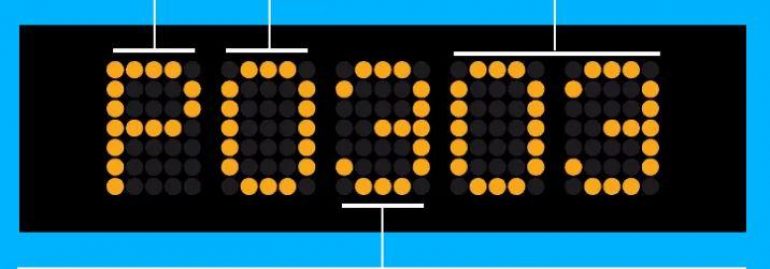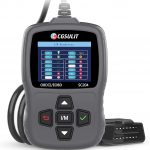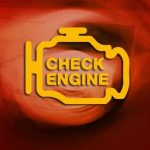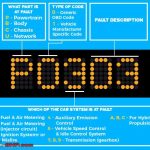Powertrain codes can indicate various problems in the engine. Fuel or air metering problems, computer or output circuit faults, or auxiliary emission controls could be underlying issues. To diagnose an engine problem, a diagnostic tool must be used. A vehicle’s computer and electronics can also show trouble codes. When one or more of these codes are displayed, the car’s repair professional can take further action. In this article, we’ll look at powertrain codes and the specific diagnostic tools for them.
P0xxx codes are for fuel or air metering problems
OBD2 fault codes are identified by two-digit numbers between 00 and 99. Each code describes a specific system or part of the car. For example, a P0219 code means the air and fuel metering system is not working properly. A P0301 code indicates a problem with the fuel injector. P0442 indicates a small to medium leak in the evap system. These are some of the most common problems affecting the powertrain, so learning about the code can make it easier to diagnose a specific problem.
The generic codes that start with P0xxx are P0xxx. They are not specific to a particular manufacturer, but are generally related to fuel or air metering problems. Typically, a P0xxx code is for fuel or air metering problems, while a P1xxx code is for a problem with the ignition system. However, it is important to note that not all P0xxx codes are related to emissions, and some codes are not related to either fuel or air metering at all.
P0xxx codes are for computer or output circuit faults
Diagnostic trouble codes for powertrain problems typically begin with P0xxx. P2xxx and P3xxx are generic codes that apply to most makes and models. The first two characters of a code refer to a malfunction within the fuel metering, air metering, ignition, or misfire systems, while the third character indicates the specific system where the fault occurred. P0xxx codes can also refer to transmission, steering, and vehicle speed and idle control systems.
Generic codes start with P0 and manufacturer-specific codes begin with P1. There are several code groups in addition to the generic numbering scheme. Manufacturers are not required to follow a uniform numbering scheme for their codes, so the codes may contain overlapping letters. The first two characters of a code refer to the fault’s area or component. However, a generic code may have a different meaning in your vehicle.
Diagnostics are an essential part of a mechanic’s toolkit. For this reason, using a diagnostic tool can save you a lot of time. EOBD fault codes, for example, consist of five characters: a letter and four numbers. The first character of a code is the powertrain system; the next character represents the subsystem. A P0xxx code may be indicative of a problem with the engine control module or the traction control system.
When troubleshooting your vehicle, you can read these codes with a professional code reader or an auto-code-reading software. Most diagnostic trouble codes are the same, though manufacturers may include enhanced codes to give you more detailed information about a particular vehicle’s electronic systems. If you’re in doubt about the code you receive, consult your manual or service manual for detailed information. In many cases, P0xxx codes are used to identify malfunctions within the airbag system, engine, or transmission.
P0xxx codes are for auxiliary emission controls
If your vehicle is displaying one or more of the following P0xxx codes, then there is a chance that an auxiliary emission control is malfunctioning. This may be a result of a number of things, including fuel or air metering problems, ignition system failure, or the idle control system. The most common auxiliary emission control problems are fuel-related, and they will appear on your vehicle’s check engine light if you’re driving more than 15 miles per hour.
The technical implementation of this system is similar to that of the older OBD-II standards. It uses an SAE J1962 diagnostic link connector. There are two different types of P0xxx codes: type 1 and type 2. The former will light the MIL when the drive fails. The latter will create a trouble code freeze frame. Once you’ve figured out which code you’re looking for, you can move on to the next step in repairing your car.







This article provides a comprehensive guide on how to use an OBD2 scanner to diagnose and fix car problems. I found it helpful to know how to interpret the codes and troubleshoot the issues.
he article explains how P0XXX codes indicate fuel, air, computer, and emissions issues. A diagnostic scan tool is needed to read trouble codes and pinpoint problems. Codes starting with P0 are generic while P1 are manufacturer-specific. Knowing if it’s a P0 or P1 code gives clues to the problem area. Scanning codes is the first step in diagnosing powertrain faults.